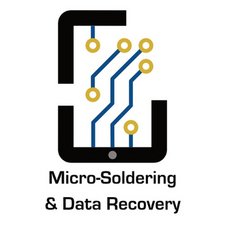Need help getting started microsoldering
You I am a sophomore in high school and I have always been interested in electronics and am the guy in the family to go to for tech problems. I've been replacing screens for people and want to get deeper into things like board level repair. I have made enough money to buy all the tools I need and now I need some help getting started. How should I start practicing? I have an old IC locked 4S that I think I should start trying to take components off and put them back on. I think I should start with small things like resistors and caps then move onto connectors and eventually removing, reballing, and replacing ICs. Should I try buying a no power iPhone 6 on eBay and trying to diagnose then repair it? I really just need help getting started. Spring break is soon and I'll have about 4 days with nothing planned so I really want to try to get into it during that. I'm hoping by summer I could start offering a repair service to people in my community (obviously once I am VERY confident in my abilities). Hopefully I can really get this to take off and be able to buy myself a car eventually. Thanks for any help and critique!
Ist dies eine gute Frage?


 1
1 
 54
54  291
291 
